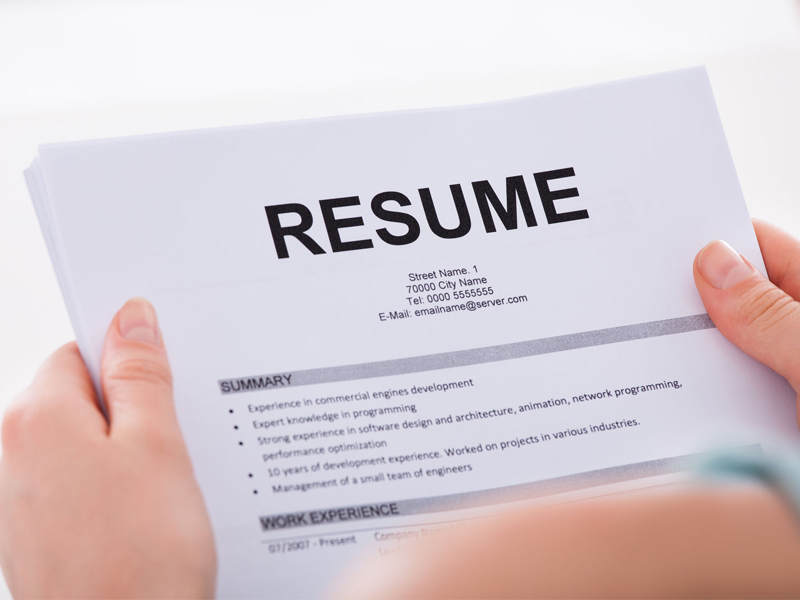
Payrolls are traditionally a timely, reliable indicator of economic health, but the post-pandemic job market has become a lagging signal, says Fitch Ratings.
In a new report, the rating agency said that before the pandemic, U.S. non-farm payroll data was “one of the best contemporaneous indicators” of the condition of the U.S. economy.
Yet, in recent months that relationship has broken down, with strong payroll data accompanying assorted signs of weaker demand, including softer retail sales and industrial production.
“The extreme job shake-out at the start of the Covid-19 pandemic and the labour shortages through the subsequent recovery mean that employment has become a lagging indicator,” Fitch said.
When the pandemic emerged, employment was hit much harder than gross domestic product, it noted. Since then, GDP has rebounded, but employers have struggled to rebuild their workforces.
“The more sluggish response of payrolls partly reflects the fall in labour force participation, which has constrained the recovery in labour supply. It also reflects the sheer pace of the recovery in GDP in 2021,” the report said.
So, with the job market still struggling to catch up after two years of shortages, payroll growth is no longer a timely reflection of economic conditions, Fitch concluded.